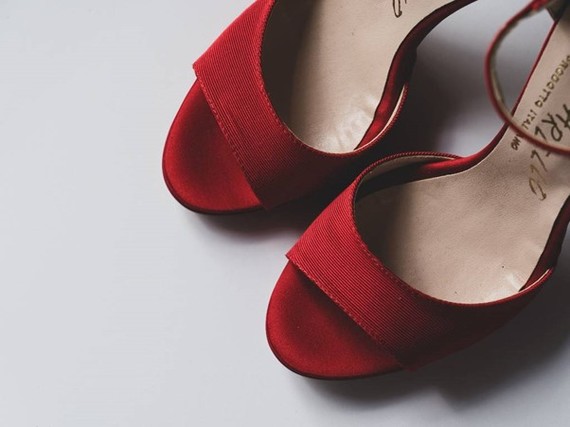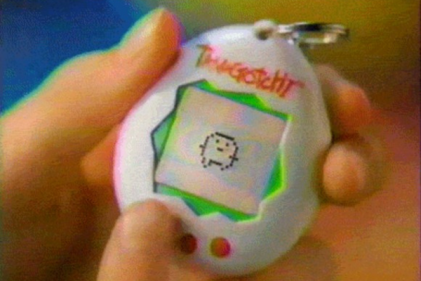Being a busy mum can take its toll, especially on the feet. There is one way you can ease the pain; check this out to find out.
Get Over the Mum Blues with These Comfy Shoes
It goes without saying that finding the perfect pair of shoes makes you feel fantastic. If they're the right style, fit, and look for you, you'll probably enjoy wearing them. However, the pair that looks amazing isn't always as comfortable as you'd like. The good news is that you don't have to give up shoe comfort for style. Wearing comfortable shoes is essential if you are on your feet for extended periods. On the other hand, wearing uncomfortably tight shoes can result in common foot problems.
Wearing the right shoes can mean the difference between a great day and a painful and uncomfortable one, whether running after the kids, going on the school run, or going to a meeting or appointment. So, what are the best shoes for working mothers? There are numerous options available if you want to wear something all day. We have tested everything from women's Ted Baker boots to sneakers and sandals. However, rather than tell you what to buy, we're going to tell you what to look for so that you can buy the right pair of shoes. Contrary to the saying, one shoe doesn’t fit all.

Flexibility
Choose a versatile shoe. Flexibility is essential for comfort, especially in walking and jogging shoes. Running shoes are firmer because they must support the weight and force of a running stride. Pick up a shoe and bend the toe upward to test its flexibility. Not halfway along the arch, the shoe should bend under the ball of the foot. Twisting the shoe is another way to check for support. When you turn, the shoe should provide some resistance.
Soles
Turn the shoes over and inspect the soles. Are they sturdy enough to withstand sharp objects? Do they offer any kind of cushioning? Also, as you walk around the shoe store, perform the sole test: do the soles cushion against impact? To see how the shoes feel, walk on hard and soft surfaces.
Toe Box
Most footwear on the market today has a tapering toe box, which means that the shoe's toe area is narrower than your toes. This causes discomfort by forcing your toes into an unnatural position. In addition, constantly restricting your toes can lead to deformities such as hammertoes and bunions in the long run.
Straps
Slip-on shoes are easier to put on and take off, but they are not the best option for comfort or injury prevention. Adjustable strap sandals and lace-up shoes are ideal for keeping your shoes securely fastened to your feet. Unfortunately, ballet flats look tremendous but cause a slew of issues. If you decide to wear them, make sure they have straps to keep your foot in place and a thicker sole.

Interior
Is the shoe's interior smooth and free of visible seams that could cause blisters? Feel for prominent seams or rough spots on the inside of the shoe with your fingers. If you can feel it on your fingers, you can feel it on your feet!
Heel Counter
This section of the shoe supports the back of the heel, just below the Achilles tendon. This area should be snug but not tight, cupping the back of the heel comfortably. A good heel counter will aid in preventing overpronation or supination of the feet.
Arch Support
One of the most crucial aspects of a new pair of shoes is also one of the most neglected. Proper arch support affects everything from your posture to your balance to ensure your entire body has the support it needs to avoid injuries. Despite this, many shoes today lack adequate arch support. The good news is that insoles are a simple solution for improving arch support in your favorite pair of shoes, and they fit quickly and easily into almost any shoe.
The appropriate shoe will differ from person to person. Cushioning will be a top priority for some. Others may require more arch support and stability. A spacious toebox and the shoe's overall weight are also essential considerations.







